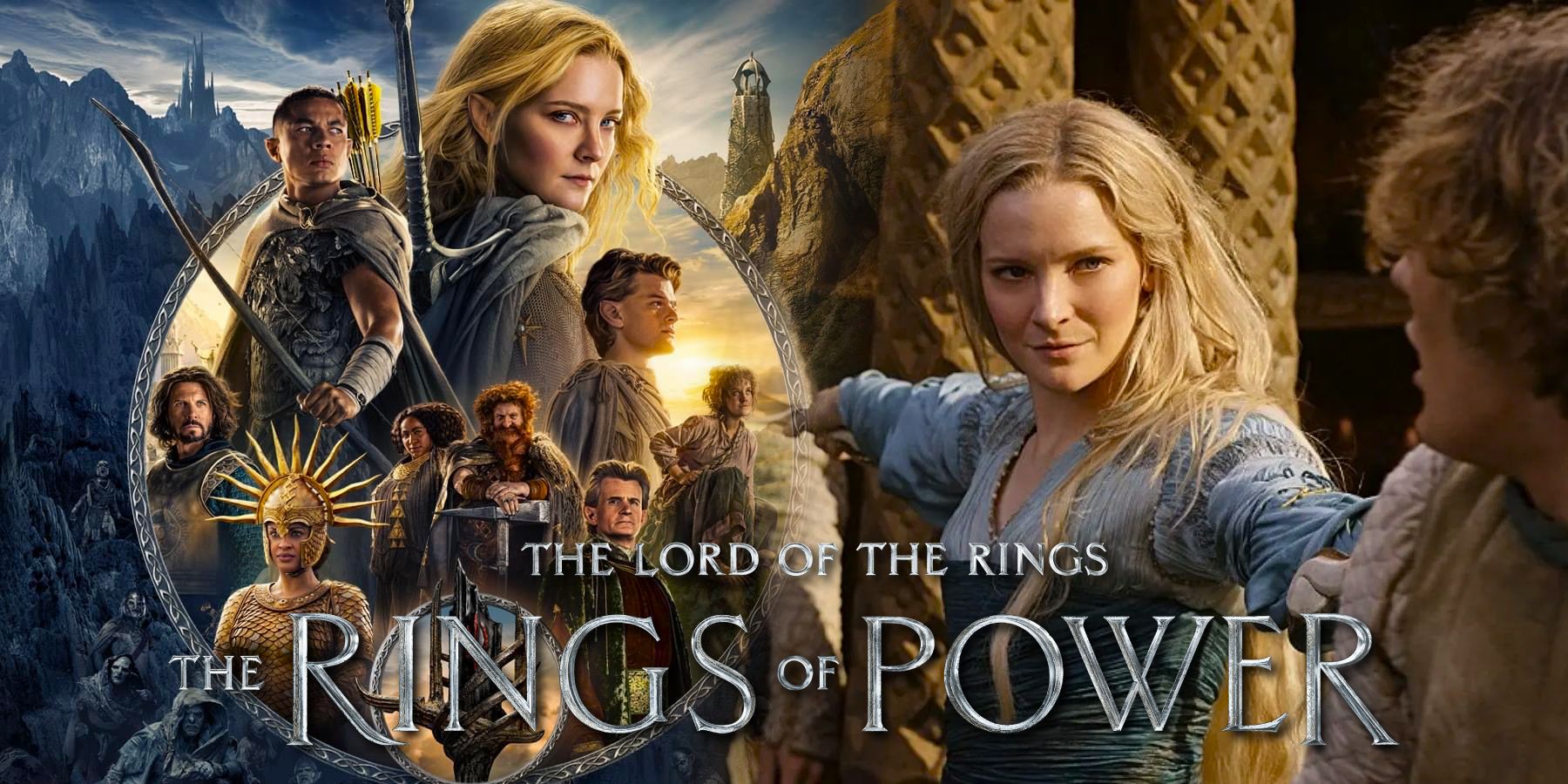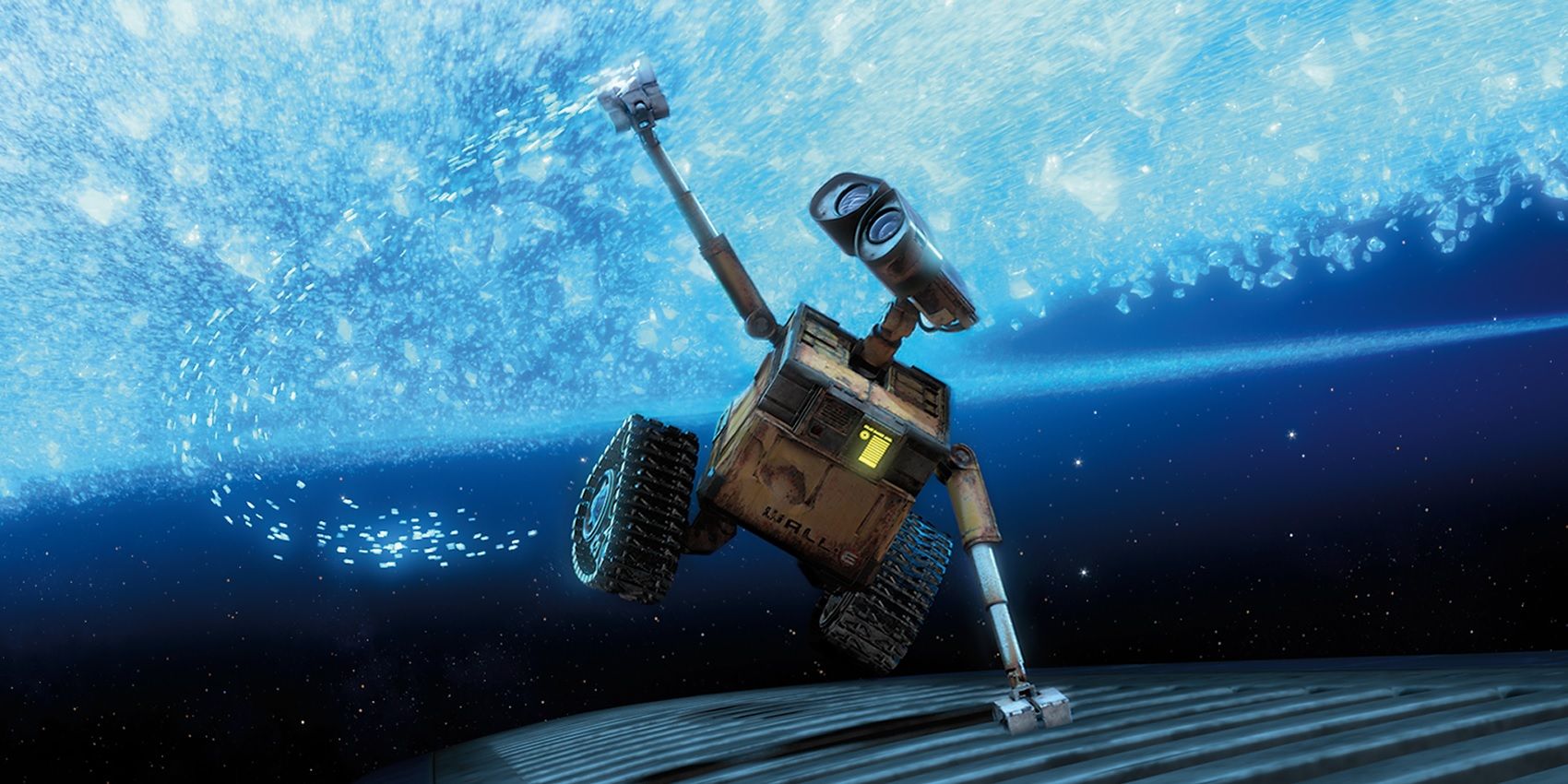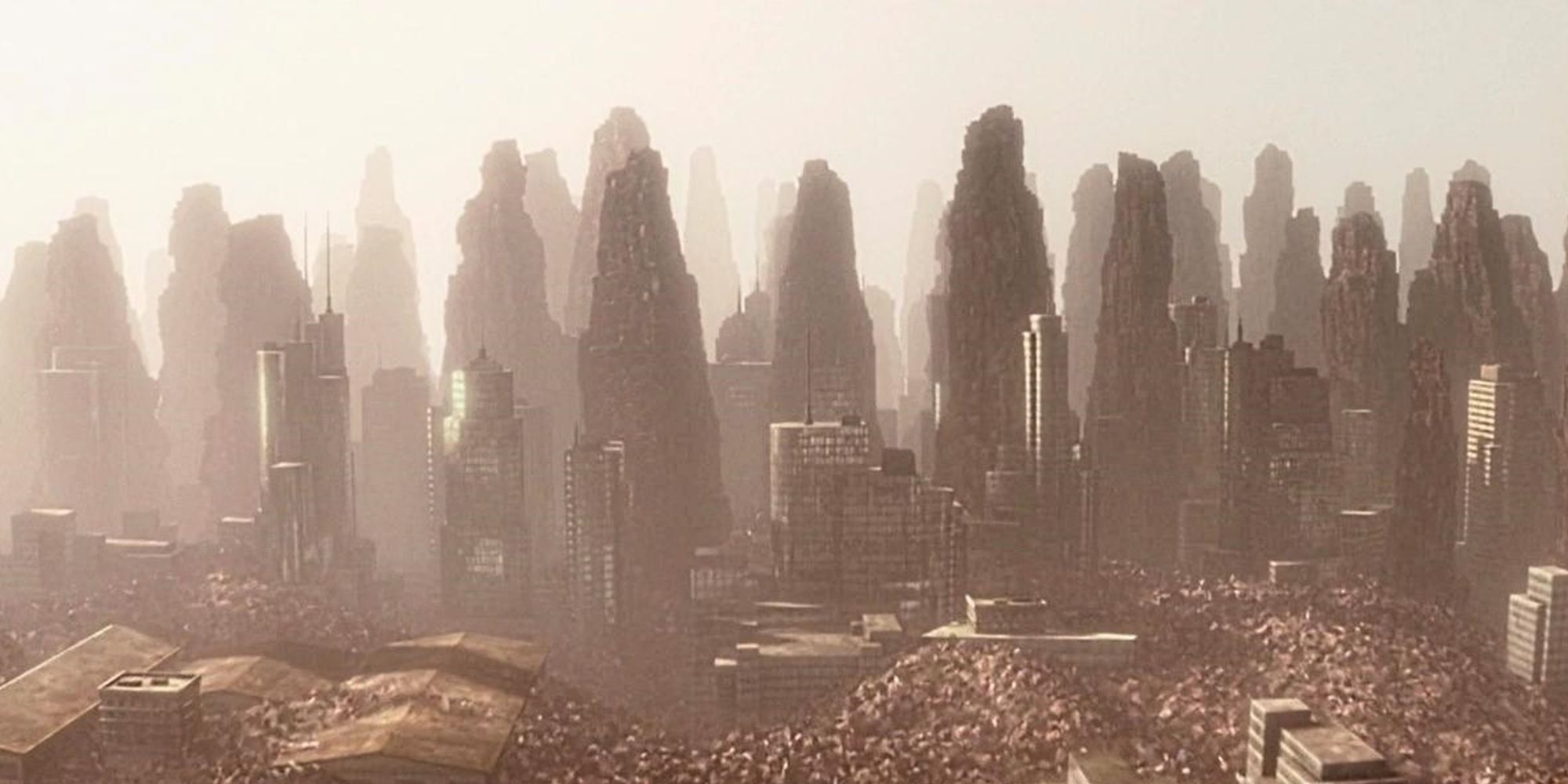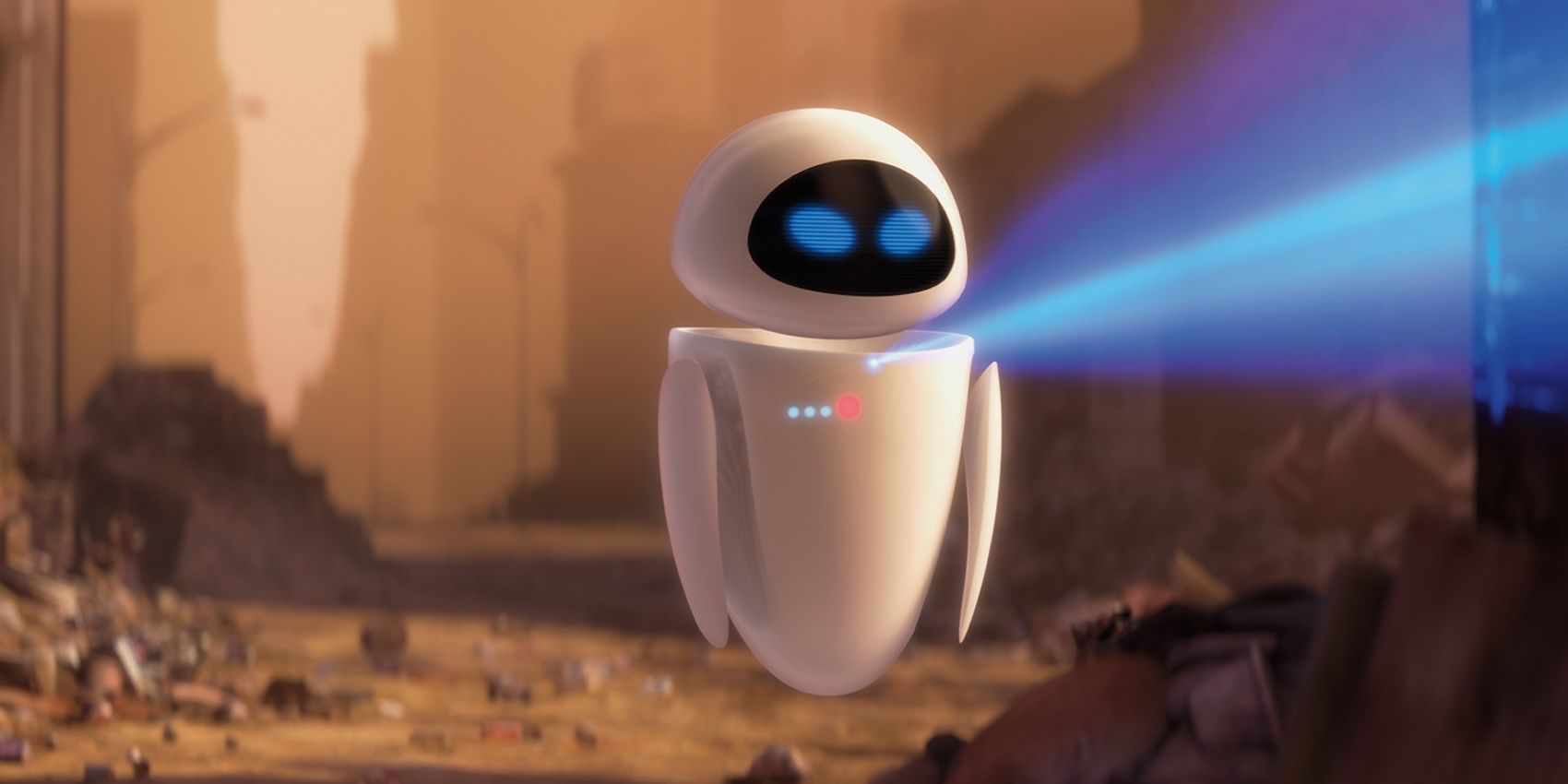Highlights
- WALL-E warns of humanity's unsustainable treatment of Earth and the devastating consequences of climate change, estimating that humankind has about 100 years left.
- The film draws a parallel between consumerism and climate change, showing that a society that prioritizes consumption and produces excessive waste is doomed to face apocalyptic devastation.
- WALL-E promotes optimism by showcasing the power of taking care of the environment, highlighting that it is never too late to salvage the world and make it inhabitable once again.
With its meditations on A.I., overpopulation, and the climate crisis, WALL-E is even more relevant today than when it was first released. Since its release, WALL-E has been hailed as one of the greatest animated films – and one of the greatest science fiction films – ever made. It became the second Pixar movie (after Toy Story) to be immortalized in the U.S. National Film Registry by the Library of Congress for its cultural, historical, and aesthetic significance, and the first Pixar film to get a Criterion release. As a cautionary tale about the effects of climate change wrapped around a genre storyline, WALL-E is basically Don’t Look Up for kids.
WALL-E takes place in the 29th century, but the cataclysmic eco-disaster that made Earth uninhabitable is said to have happened as imminently as the 22nd century. The cautionary tale is clear: humanity’s callous treatment of Earth is unsustainable, and the human race will have completely destroyed the planet in no time – and now, it’s looking like that ecocide will happen even sooner. WALL-E estimates that humankind has about 100 years left, but according to NASA’s current research, thanks to climate change, some parts of the Earth will be uninhabitable as soon as 2050.
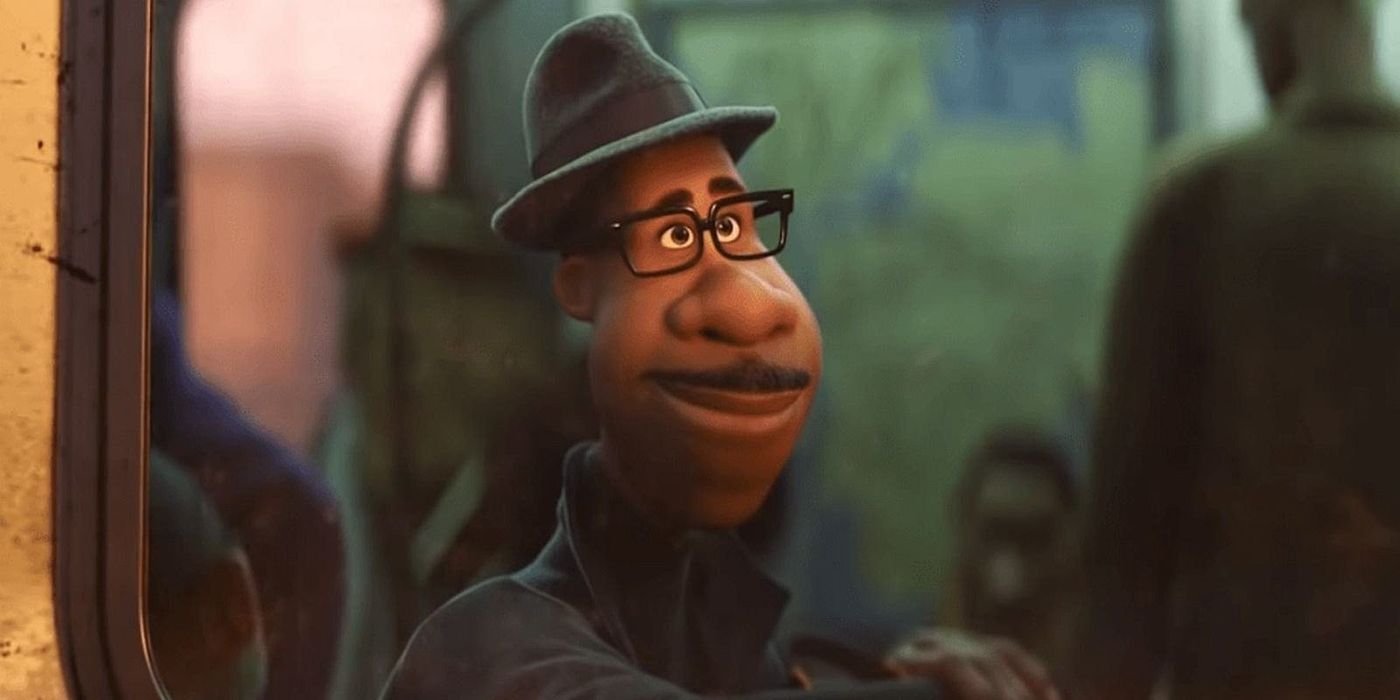
Pixar's Soul Was The Movie People Needed In 2020
In a year of death and despair, leave it to Pixar to release a film about life and the moments that make it so special.
In the 22nd century, WALL-E’s Earth was controlled by a megacorporation named Buy n Large, whose CEO Shelby Forthright was elected to be the President of Earth. When every square inch of Earth was covered in trash, BnL loaded the rest of humanity onto a giant space cruiser called the Axiom and sent them to live in the cosmos until it was safe to return to Earth. At the beginning of the movie, BnL has long since abandoned its plans to repopulate the Earth and WALL-E has been idly stacking cubes of garbage into skyscraper-like structures for centuries because no one bothered to switch him off.
With its futuristic vision of an Earth controlled by a giant corporation that filled the world with trash and then sent humanity to the stars, WALL-E draws an eye-opening parallel between consumerism and climate change. A society that celebrates consumption and produces more waste than it can dispose of is doomed to eventually face apocalyptic devastation. Even though WALL-E was a huge hit in 2008, grossing over $500 million (ironically, a huge payday for a crooked megacorp), audiences failed to heed the film’s warning back then, and they’re continuing to ignore it today.
WALL-E also touches on the topical issue of artificial intelligence, since the title character is an A.I. But unlike A.I. cautionary tales like The Terminator and 2001: A Space Odyssey, WALL-E is pro-A.I. It does carry the message that the creation of A.I. is the creation of life, and that all life will inevitably become self-aware, but it doesn’t portray that as a bad thing. WALL-E doesn’t wipe out humanity like Skynet; he saves humanity by preserving the only plant to grow on Earth in hundreds of years. Instead of supposing that sentient A.I.s will violently overthrow humanity and take over the world, WALL-E supposes that they’ll fall in love. It’s about two star-crossed sentient robots falling in love with each other as they save the world.
A.I. isn’t the only subject that WALL-E approaches with some optimism. After spending its opening act reprimanding its audience for gradually filling the world with trash and making it unliveable, the arrival of a genuine, bona fide plant suggests that it’s never too late. Even after the Earth has become a barren wasteland with towering garbage structures along the polluted skyline, it isn’t too late to salvage the world and make it inhabitable once again. When the Captain gets a hold of the plant and nurtures it with some water, he sums up the film’s simple yet significant environmentalist message in one line: “You just needed someone to look after you, that’s all.” That line encapsulates what humanity needs to do to save the world from destruction. This plant is a microcosm of Earth; it just needs to be taken care of, and it will continue to provide.
WALL-E was way ahead of the curve on discussing issues like climate change. Along with Al Gore’s Oscar-winning documentary An Inconvenient Truth, it was one of the first movies to acknowledge climate change. If it was released today, when the climate crisis is being more widely discussed (and disputed by people with no scientific knowledge or evidence to back up their opinions), it would be needlessly controversial because climate deniers would loudly accuse it of peddling lies to children. Decades from now, when it’s too late to do anything about climate change and future scientists are trying to figure out where humanity can go when Earth is destroyed beyond repair, WALL-E will be looked back on as one of the most prescient movies ever made.

